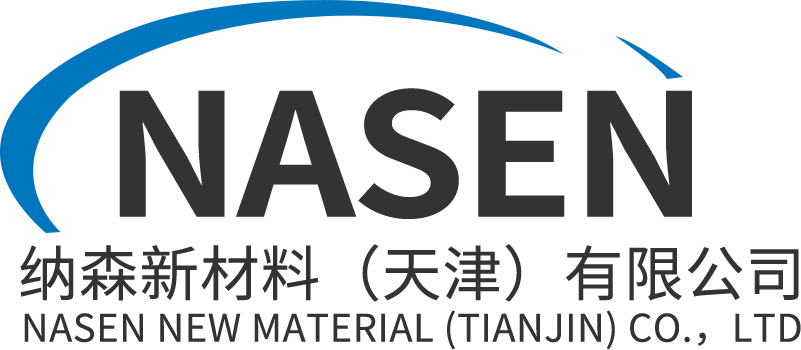NEWS
Why galvanize?
Quite simply, galvanized metal gives it anti-corrosion properties. Without a protective zinc coating, the metal will continue to be exposed to the elements and may oxidize and corrode more quickly. Galvanized steel is a cost-effective alternative to using materials such as austenitic stainless steel or aluminum to prevent corrosion.
How does it work?
Galvanizing can protect metal in a variety of ways. First, it forms a protective coating that isolates the metal from its surroundings. The zinc layer prevents water, moisture and other elements in the air from corroding the underlying steel. If the zinc coating is scratched deep enough, the metal is exposed and susceptible to corrosion.
Zinc plating also protects metals through a process called "galvanic corrosion." Galvanic corrosion occurs when two metals with different electrochemical compositions come into contact with each other in the presence of an electrolyte, such as brine. According to the atomic structure of the two metals, one metal is the anode and the other is the cathode. The anode corrodes faster than itself, and the cathode corrodes slower than it does. The reason zinc is used for galvanizing is because of its affinity as an anode when in contact with many different types of metals. Since the zinc coating in contact with the base metal is usually the anode, it slows the corrosion of the base metal or cathode.
Different galvanizing methods
There are several different processes for galvanizing metal:
hot dip galvanized
As the name suggests, this method involves dipping the base metal into a molten zinc bath. First, the base metal must be cleaned mechanically, chemically, or both, to ensure a high-quality bond between the base metal and the zinc coating. After cleaning, the base metal is fluxed to remove any residual oxides that may have remained after the cleaning process. The base metal is then dipped into a heated zinc bath to form a metallurgical bond.
The advantage of this method is that it is economical; it can execute complex shapes quickly. However, the final coating may not be consistent with other galvanizing processes.
Pre-galvanized
This method is very similar to hot-dip galvanizing, but is carried out in a steel mill and is usually used on materials that already have a specific shape. Pre-galvanizing involves rolling sheet metal through a cleaning process similar to the hot-dip galvanizing process. The metal is then passed through a pool of hot liquid zinc and then recoiled.
An advantage of this method is that large coils of steel can be galvanized rapidly and with a more uniform coating than hot-dip galvanizing. The downside is that once you start making pre-galvanized metal, there are exposed uncoated areas. This means that when cutting long coils to smaller sizes, the edges of the cut metal are exposed.
Electricity
Galvanizing Unlike previous processes, electrogalvanizing does not use a zinc bath. Instead, the process uses an electrical current in an electrolyte solution to transfer zinc ions to the base metal. This involves the electroreduction of positively charged zinc ions to zinc metal, which is then deposited on the positively charged material. Grain refiners can also be added, which help ensure a smooth zinc coating on the steel. Similar to the pre-galvanizing process, electrogalvanizing is usually applied continuously to a coil of sheet metal.
Some advantages of this process are uniform coating and precise coating thickness. However, this coating is usually thinner than the zinc coating obtained by hot-dip galvanizing, which can lead to reduced corrosion protection.
Search
Categories List
Need More Details?
If you are interested in our products and would like to know the price and other details, please contact me
Please give us a message
Nasen New Material (Tianjin) Co., Ltd
Add:Room 1491, Gate 13, Gangcheng Hot Spring Garden, Jinqiao Street, Dongli District, Tianjin
